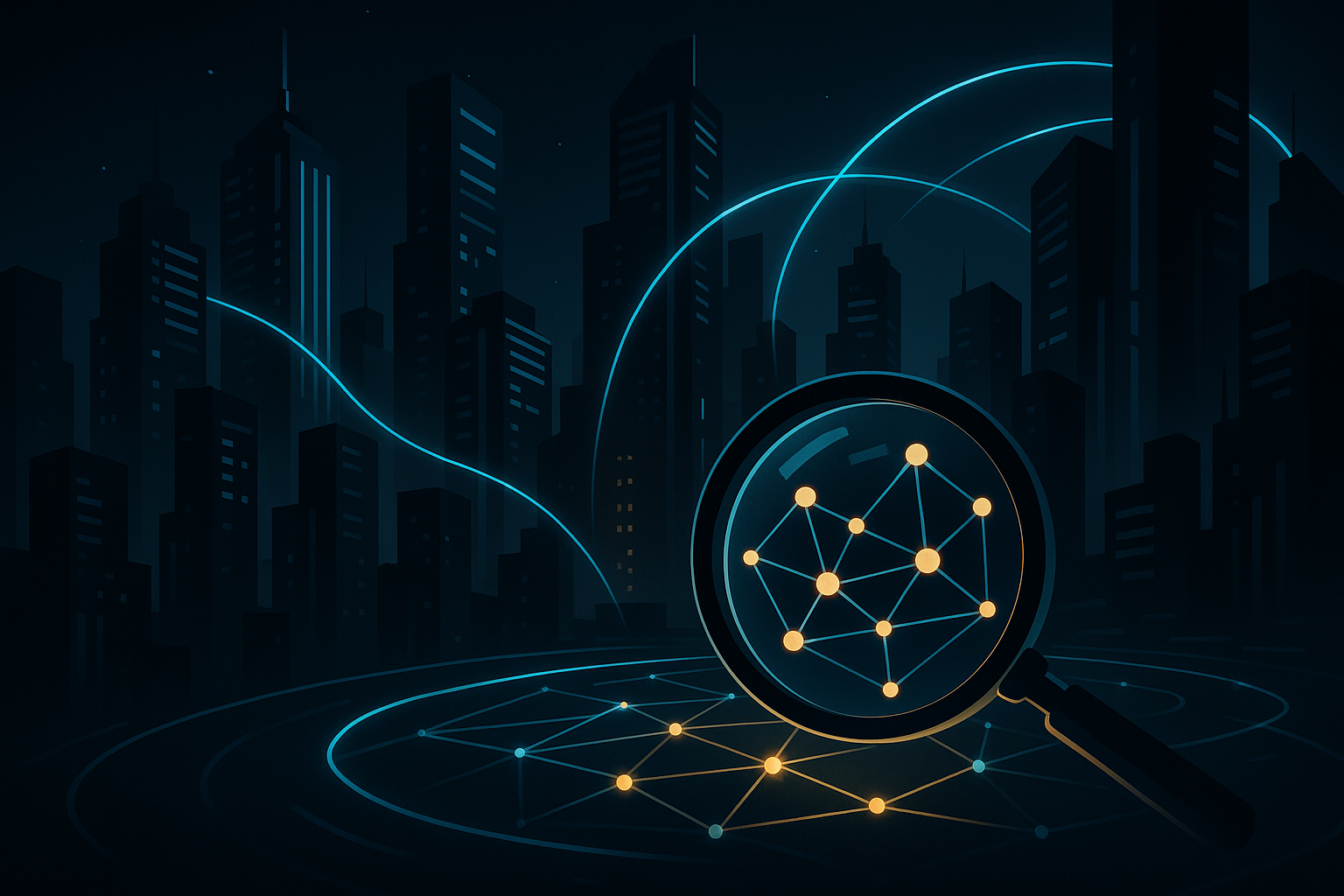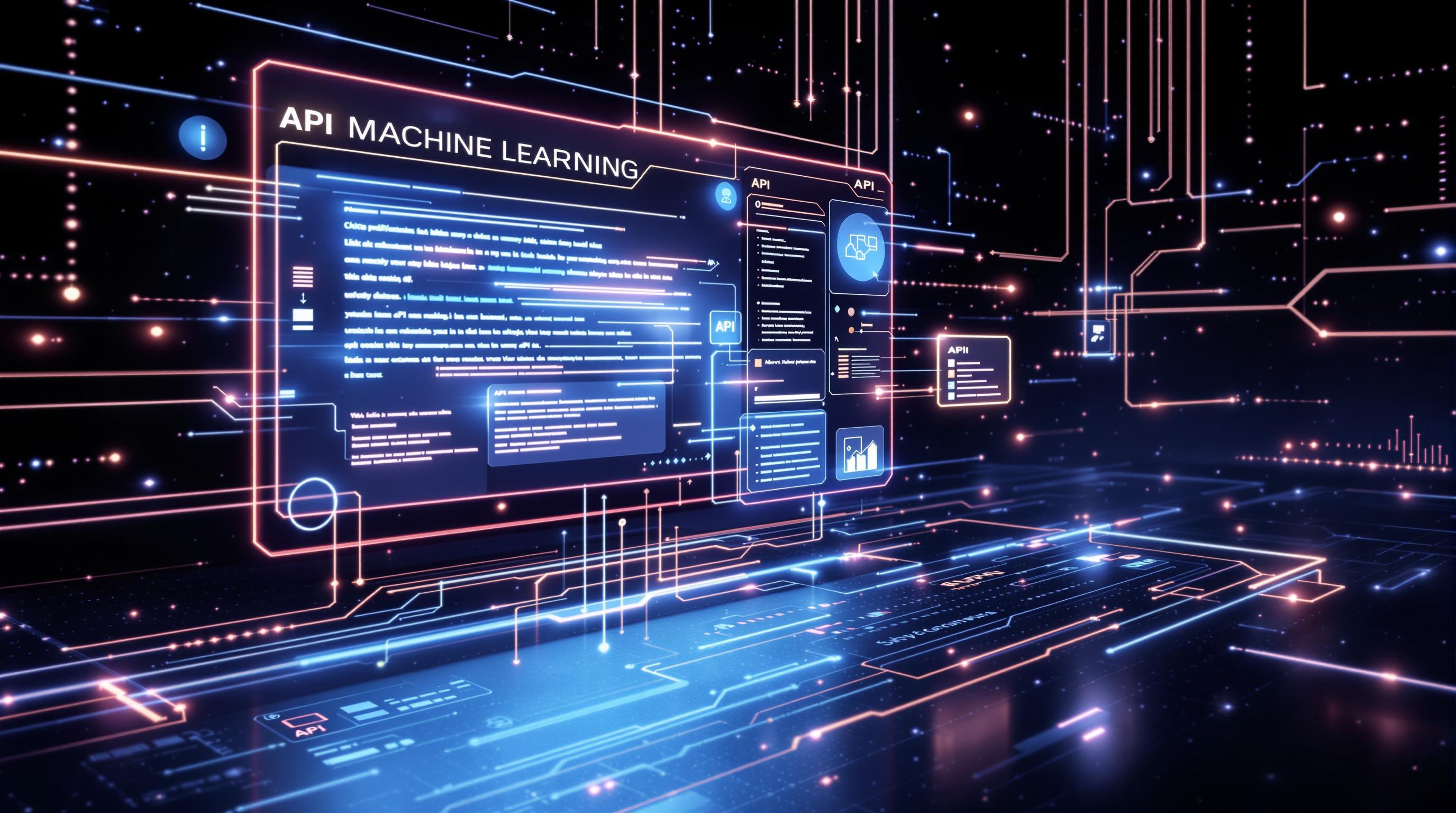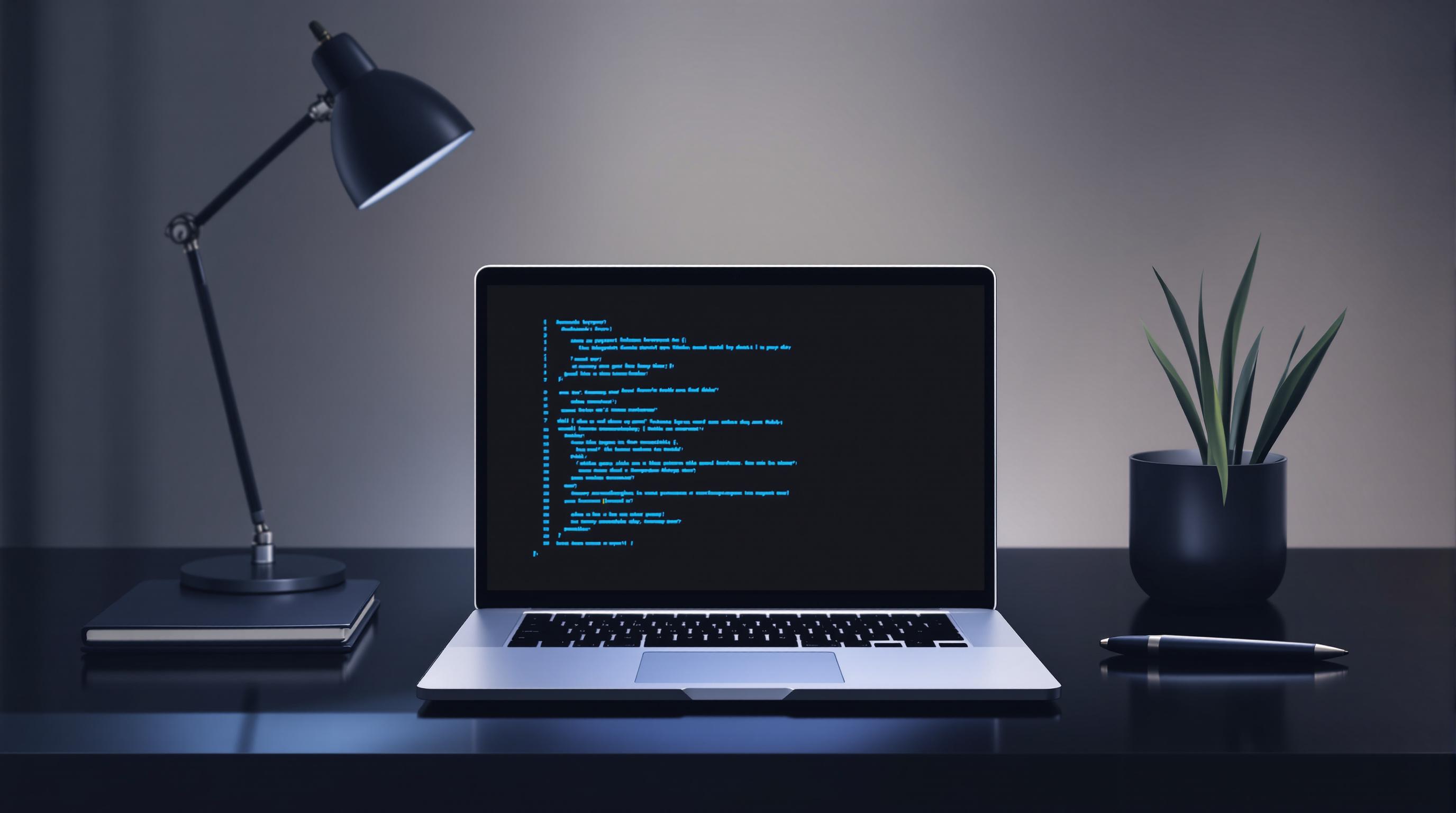Web scraping is evolving to handle challenges like dynamic content, changing layouts, and anti-bot defenses. Computer vision helps scrapers visually analyze web pages, making data extraction more accurate and adaptable. Here’s how it works and why it matters:
-
What is Computer Vision?
It uses AI to process visual data, extracting information from images, charts, and dynamic layouts. -
Key Tools:
- OpenCV: Analyzes layouts and images.
- YOLOv5: Detects objects like product images.
- Selenium: Renders dynamic pages for further processing.
-
Applications:
- Extracting data from e-commerce sites with changing layouts.
- Handling dynamic content like infinite scrolls and canvas-rendered charts.
- Automating data collection from traffic camera feeds.
-
Challenges Solved:
- Adapts to frequent website changes.
- Combines visual analysis with HTML parsing for better results.
- Works with tools like Diffbot and InstantAPI.ai for scalable solutions.
Quick Comparison of Tools:
| Tool | Use Case | Strength |
|---|---|---|
| OpenCV | Image and layout analysis | Handles complex visuals |
| YOLOv5 | Object detection | Fast and precise |
| Selenium | Web automation | Renders dynamic pages |
| Diffbot | AI-powered data extraction | Interprets complex layouts |
Basics of Computer Vision in Web Scraping
What Is Computer Vision?
Computer vision uses AI to interpret and process visual information from web pages. It helps scrapers analyze layouts and extract data from visually complex or dynamic content, such as infinite scrolls or canvas-rendered charts. This approach converts visual content into structured data, making it easier to extract information from modern websites that rely on advanced JavaScript frameworks or dynamic rendering.
To achieve this, developers use specialized tools and frameworks built for handling visual data.
Tools and Frameworks for Computer Vision
A variety of tools exist to support visual data extraction in web scraping. Each serves specific purposes and offers unique features:
| Tool | Primary Use Case | Key Features | Best Suited For |
|---|---|---|---|
| OpenCV | Image Processing | Layout analysis and image extraction | Complex layout analysis |
| YOLOv5 | Object Detection | Fast visual element classification | Identifying visual elements |
| InstantAPI.ai | Visual Data Extraction | Scalable solutions for large-scale applications | High-volume enterprise data needs |
These tools tackle challenges like dynamic rendering and non-standard layouts by allowing scrapers to "see" and process visual data effectively. For example, computer vision algorithms can adapt to frequently changing e-commerce layouts, ensuring accurate data extraction.
How Do These Tools Work Together?
- OpenCV can analyze page layouts or extract data from charts rendered as images.
- YOLOv5 is ideal for detecting specific objects, like product images on e-commerce sites.
- These tools can integrate with traditional methods like Selenium (for browser automation) and BeautifulSoup (for HTML parsing) to create more reliable scraping solutions.
The choice of tool depends on the specific task. For instance, OpenCV might be better for handling complex tables, while YOLOv5 shines in identifying key visual elements. The right combination of these tools ensures efficient and accurate web scraping for even the most visually intricate websites.
Applications of Computer Vision in Web Scraping
Extracting Data from Complex Layouts
Computer vision has transformed how data is extracted from visually intricate websites. Instead of depending solely on HTML structures, it analyzes pixel patterns and visual elements, making it a powerful tool for websites with unconventional layouts or heavy JavaScript use.
This technology is especially useful for e-commerce platforms, where layouts often change. By identifying visual elements in real-time, computer vision makes data extraction more adaptable to dynamic environments.
Here are some examples of how it works across different website types:
| Website Type | Visual Challenge | Computer Vision Solution |
|---|---|---|
| E-commerce | Constantly changing product layouts | Detects product images and prices through visual object recognition |
| Social Media | Mixed and evolving content formats | Identifies and organizes content across different formats |
| Traffic Cameras | Live video streams | Automates visual data collection from real-time feeds |
Static layouts are one thing, but dynamically rendered pages introduce another layer of complexity, requiring a blend of techniques.
Handling Dynamically Rendered Content
Dynamic content demands a mix of tools: browser automation to render pages, computer vision to analyze layouts, and HTML parsing to extract data. Computer vision plays a key role by visually interpreting rendered pages, which reduces dependency on backend structures.
When combined with natural language processing (NLP), this approach becomes even more effective. For example, while computer vision identifies the visual layout, NLP can analyze extracted text for tasks like sentiment analysis or categorization. Together, they improve the reliability of data collection from modern websites.
Although these methods make web scraping more efficient, achieving optimal results requires attention to both data quality and compliance with regulations.
Related video from YouTube
sbb-itb-f2fbbd7
Setting Up and Optimizing Computer Vision Web Scraping
These steps use computer vision techniques to tackle challenges like dynamic content and complex layouts, making data extraction both efficient and compliant.
Steps to Build a Computer Vision Web Scraper
To build a computer vision web scraper, start by choosing the right tools. Popular choices include OpenCV for visual analysis and Selenium for handling dynamic web pages. This combination works well for JavaScript-heavy websites: Selenium takes care of rendering the pages, while OpenCV processes the visuals to locate and extract important data.
Here’s a quick overview of essential tools and their roles:
| Tool Category | Recommended Option | Primary Function |
|---|---|---|
| Image Processing | OpenCV | Detecting and analyzing visual elements |
| Web Automation | Selenium | Rendering dynamic pages and interactions |
| Data Processing | Pandas | Cleaning and organizing extracted data |
| Visual AI Service | Diffbot | Interpreting complex layouts |
Once your scraper is up and running, it’s important to focus on maintaining data quality and staying within legal boundaries.
Ensuring Data Quality and Compliance
Maintaining high-quality data involves cleaning and verifying the extracted information. Compliance is equally crucial, requiring steps like normalizing data and ensuring accuracy to meet legal standards.
Here are some key compliance measures:
| Requirement | Implementation Method | Impact |
|---|---|---|
| Rate Limiting | Request throttling | Prevents overwhelming target servers |
| robots.txt | Parsing robots.txt | Ensures adherence to site rules |
| Data Privacy | GDPR-compliant storage | Safeguards sensitive user information |
For large-scale tasks, parallel processing can significantly boost efficiency. Tools like Pandas help identify errors and maintain accuracy. By balancing performance and ethical practices, computer vision web scrapers can achieve reliable results while respecting legal and ethical guidelines.
Advanced Techniques and Future of Web Scraping
AI Innovations in Web Scraping
AI-driven tools like Diffbot and InstantAPI.ai are transforming web scraping by using computer vision to handle complex website layouts. These tools minimize manual upkeep and quickly adapt to frequent site updates. For example, Diffbot, with pricing starting at $299/month, is designed for businesses that need accurate data extraction from intricate websites.
InstantAPI.ai combines computer vision with automated workflows to simplify maintenance and adjust rapidly to website changes.
| AI Innovation | Primary Function | Key Benefit |
|---|---|---|
| Computer Vision Analysis | Recognizes visual elements | Adapts to evolving e-commerce pages |
| Machine Learning Models | Detects patterns | Automates layout change identification |
| AI Models | Categorizes data | Improves organization of extracted data |
While these advancements boost efficiency, they must also tackle challenges like anti-bot defenses and dynamic web technologies.
Overcoming Web Scraping Challenges
Modern web scraping must navigate increasingly advanced anti-bot measures. Tools like ScraperAPI help by offering intelligent proxy rotation and CAPTCHA-solving features. When paired with established tools such as Puppeteer and Selenium, these solutions create more effective scraping systems.
Proxy rotation remains a critical tactic for avoiding detection. Some key strategies include:
| Strategy | Implementation | Impact |
|---|---|---|
| Proxy Management | Rotating IPs | Lowers the chance of being blocked |
| Browser Fingerprinting | Mimics human behavior | Helps bypass detection systems |
| Visual Analysis | Handles dynamic pages | Ensures accurate data extraction |
The future of web scraping will rely on combining AI with computer vision. As websites grow more complex, traditional HTML parsing won't be enough. Tools that integrate visual recognition with smart automation will become essential for dependable data extraction.
To maintain scraper performance, it's important to regularly monitor error rates, page load times, and success rates. At the same time, adhering to ethical guidelines and data privacy regulations is crucial for responsible web scraping. By balancing advanced techniques with ethical practices, the field can continue to grow and adapt responsibly.
Recap of Key Points
AI-powered tools are transforming how data is extracted from visually intricate websites. With the help of computer vision, these tools can manage non-standard layouts and visual elements - like charts, images, and mixed text - that traditional scraping methods struggle with. This approach is especially useful in specialized areas, such as extracting data from traffic camera feeds to support autonomous driving systems.
| Application Area | How Computer Vision Helps | Outcome |
|---|---|---|
| E-commerce | Extracting product images | Better catalog accuracy |
| Traffic Analysis | Processing camera feeds | Improved data for autonomous driving |
| Dynamic Websites | Handling layout changes | Reliable data extraction |
What's Next?
As websites become more intricate, AI-driven computer vision is set to play a central role in web scraping. Platforms like Octoparse and Diffbot are pushing boundaries, offering precision and efficiency in data extraction.
"Computer vision can be employed to collect images from traffic camera feeds or dashcam videos. These images can serve as training data for object detection, lane detection, or other computer vision tasks in autonomous driving systems." - Victor Bolu, Web Automation
This technology has already proven its value, tackling challenges that older methods can't address. Moving forward, the combination of AI-powered computer vision and ethical practices will shape the future of web scraping, delivering dependable solutions for increasingly intricate online environments.


